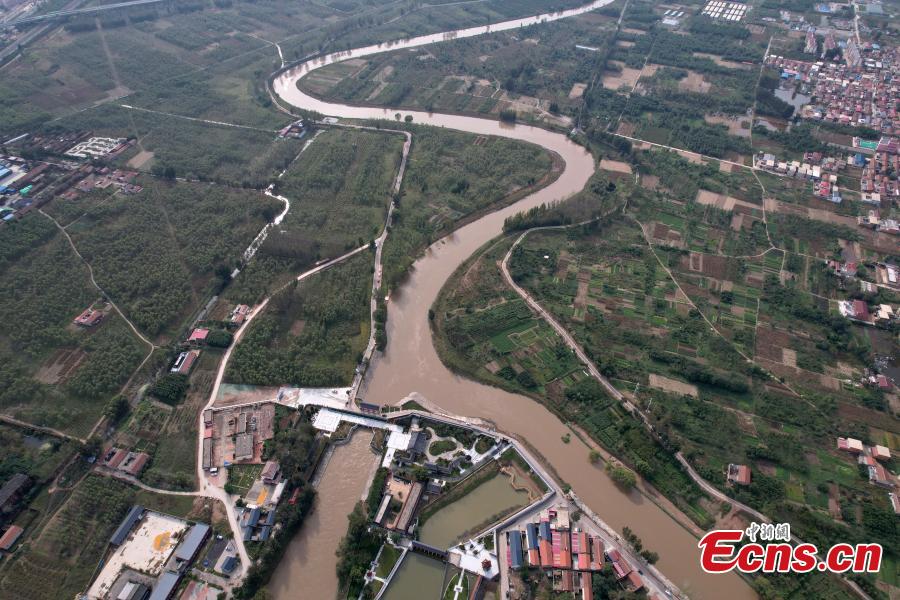
An aerial photo shows the Cangzhou Section of the Beijing-Hangzhou Grand Canal in Jiedi Village, Cangzhou City, north China's Hebei Province, Oct. 7, 2021.10. (Photo: China News Service/Zhai Yujia)
The Beijing-Hangzhou Grand Canal, stretching 1,794 kilometers, is a north-south waterway in the eastern part of China, running through Hebei, Shandong, Jiangsu and Zhejiang provinces, and two municipalities -- Beijing and Tianjin.
The Cangzhou Section of the Grand Canal takes advantage of the local natural, ecological, historical and cultural resources, changing the local into a harmonious environment.
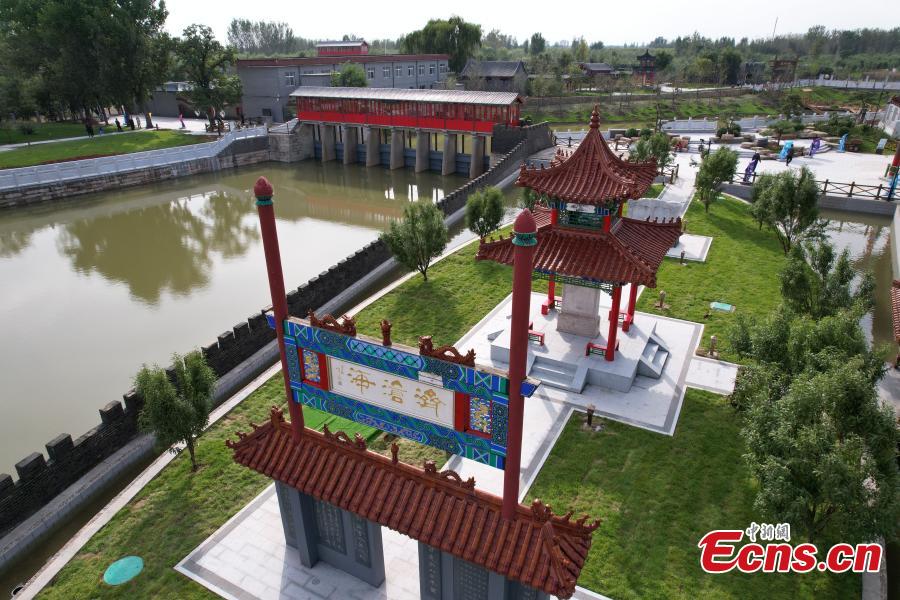
An aerial photo shows the Cangzhou Section of the Beijing-Hangzhou Grand Canal in Jiedi Village, Cangzhou City, north China's Hebei Province, Oct. 7, 2021.10. (Photo: China News Service/Zhai Yujia)
The Beijing-Hangzhou Grand Canal, stretching 1,794 kilometers, is a north-south waterway in the eastern part of China, running through Hebei, Shandong, Jiangsu and Zhejiang provinces, and two municipalities -- Beijing and Tianjin.
The Cangzhou Section of the Grand Canal takes advantage of the local natural, ecological, historical and cultural resources, changing the local into a harmonious environment.
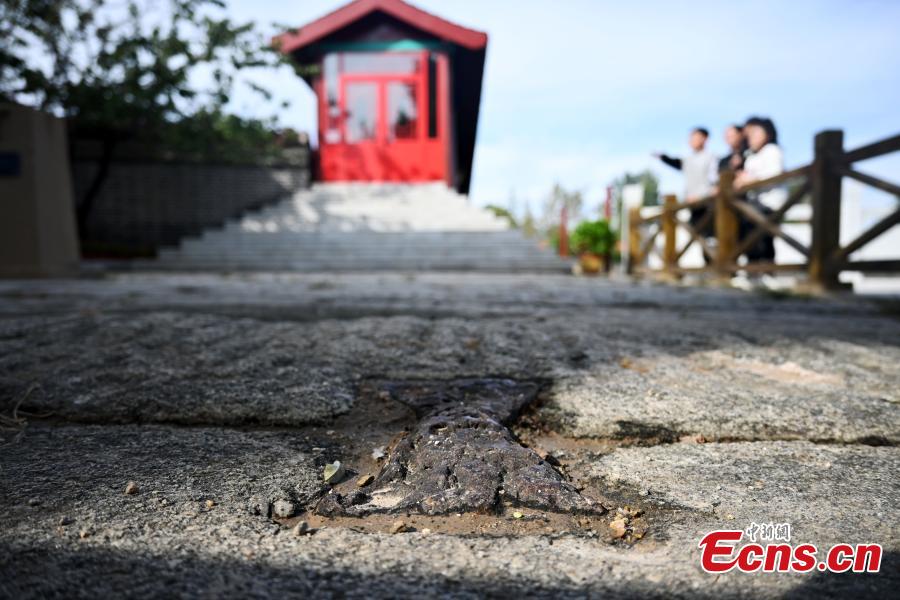
An aerial photo shows the ancient water conservancy relics in a tourist site in Jiedi Village, Cangzhou City, north China's Hebei Province, Oct. 7, 2021.10. (Photo: China News Service/Zhai Yujia)
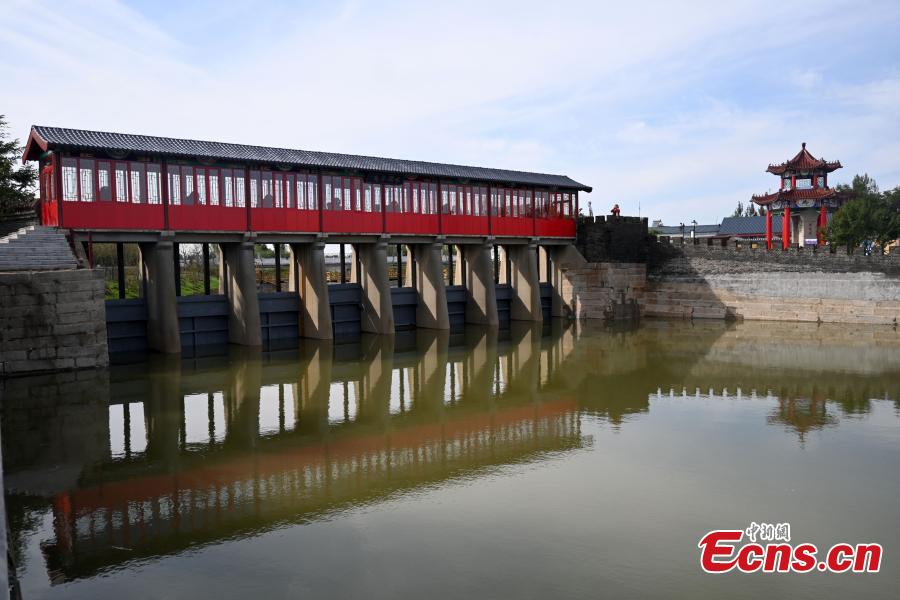
An aerial photo shows the Cangzhou Section of the Beijing-Hangzhou Grand Canal in Jiedi Village, Cangzhou City, north China's Hebei Province, Oct. 7, 2021.10. (Photo: China News Service/Zhai Yujia)
The Beijing-Hangzhou Grand Canal, stretching 1,794 kilometers, is a north-south waterway in the eastern part of China, running through Hebei, Shandong, Jiangsu and Zhejiang provinces, and two municipalities -- Beijing and Tianjin.
The Cangzhou Section of the Grand Canal takes advantage of the local natural, ecological, historical and cultural resources, changing the local into a harmonious environment.
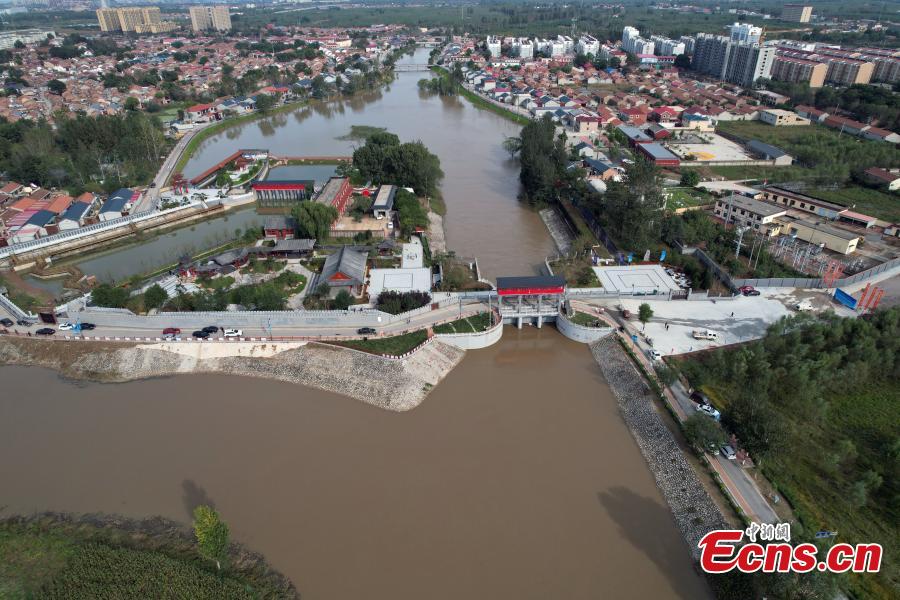
An aerial photo shows the Cangzhou Section of the Beijing-Hangzhou Grand Canal in Jiedi Village, Cangzhou City, north China's Hebei Province, Oct. 7, 2021.10. (Photo: China News Service/Zhai Yujia)
The Beijing-Hangzhou Grand Canal, stretching 1,794 kilometers, is a north-south waterway in the eastern part of China, running through Hebei, Shandong, Jiangsu and Zhejiang provinces, and two municipalities -- Beijing and Tianjin.
The Cangzhou Section of the Grand Canal takes advantage of the local natural, ecological, historical and cultural resources, changing the local into a harmonious environment.
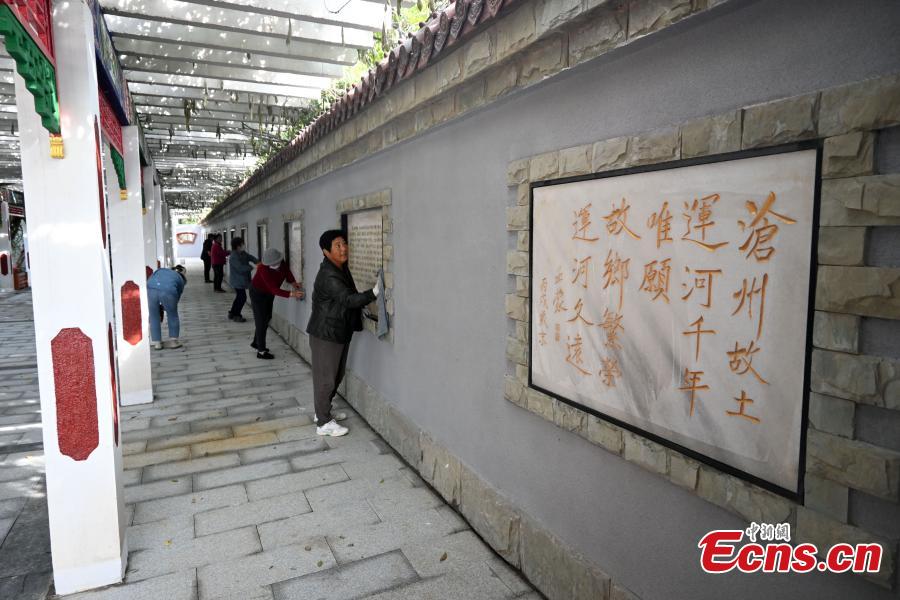
An aerial photo shows the Cangzhou Section of the Beijing-Hangzhou Grand Canal in Jiedi Village, Cangzhou City, north China's Hebei Province, Oct. 7, 2021.10. (Photo: China News Service/Zhai Yujia)
The Beijing-Hangzhou Grand Canal, stretching 1,794 kilometers, is a north-south waterway in the eastern part of China, running through Hebei, Shandong, Jiangsu and Zhejiang provinces, and two municipalities -- Beijing and Tianjin.
The Cangzhou Section of the Grand Canal takes advantage of the local natural, ecological, historical and cultural resources, changing the local into a harmonious environment.









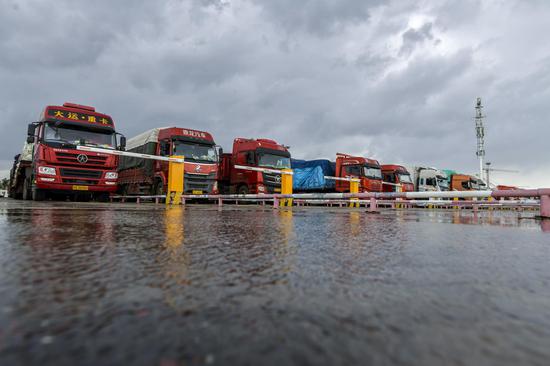

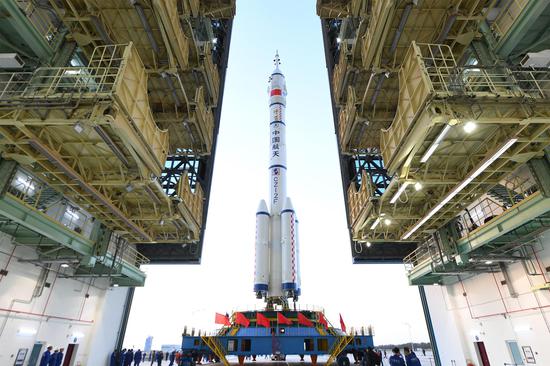
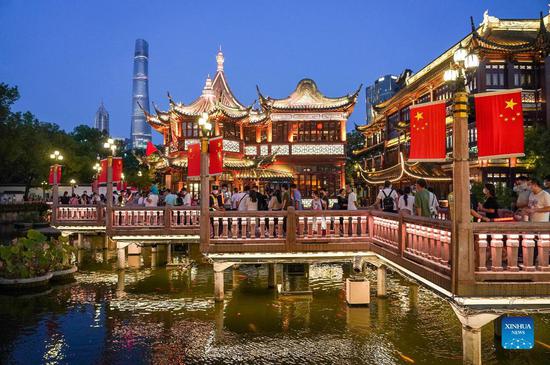

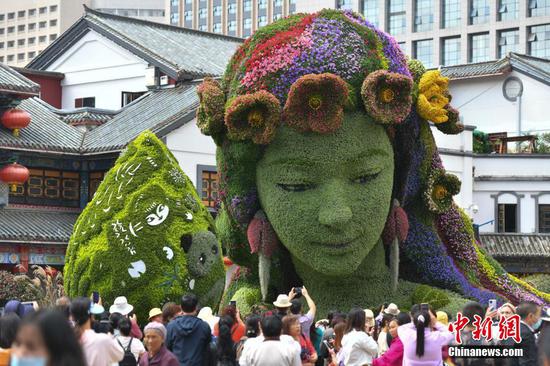




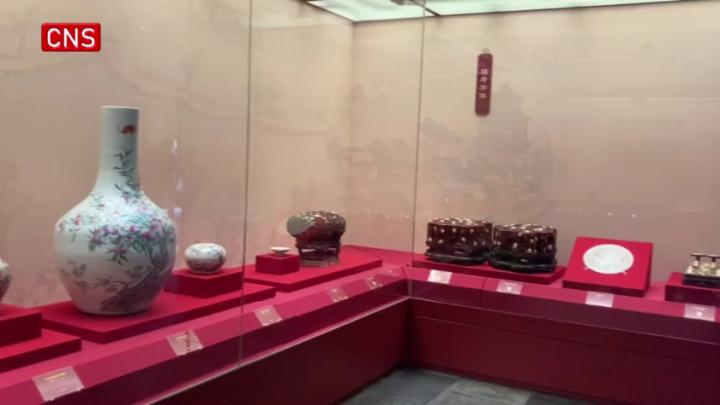
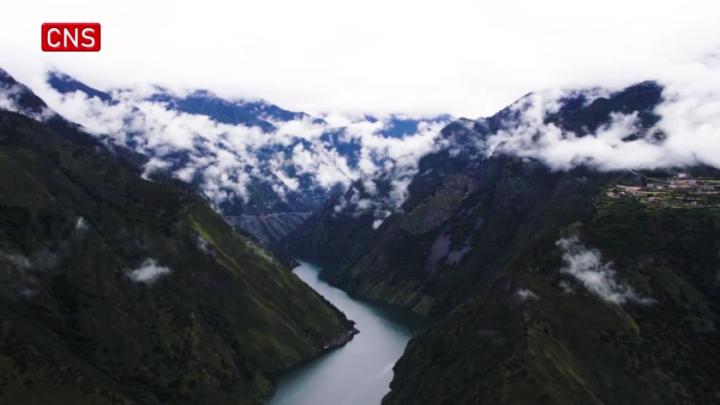


 京公网安备 11010202009201号
京公网安备 11010202009201号